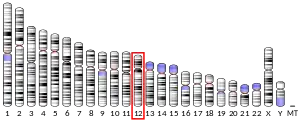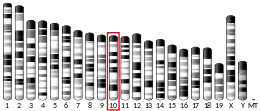| STAC3 | |||||||||||||||||||||||||||||||||||||||||||||||||||
|---|---|---|---|---|---|---|---|---|---|---|---|---|---|---|---|---|---|---|---|---|---|---|---|---|---|---|---|---|---|---|---|---|---|---|---|---|---|---|---|---|---|---|---|---|---|---|---|---|---|---|---|
| |||||||||||||||||||||||||||||||||||||||||||||||||||
| Identifiers | |||||||||||||||||||||||||||||||||||||||||||||||||||
| Aliases | STAC3, NAM, SH3 and cysteine rich domain 3, MYPBB | ||||||||||||||||||||||||||||||||||||||||||||||||||
| External IDs | OMIM: 615521 MGI: 3606571 HomoloGene: 17039 GeneCards: STAC3 | ||||||||||||||||||||||||||||||||||||||||||||||||||
| |||||||||||||||||||||||||||||||||||||||||||||||||||
| |||||||||||||||||||||||||||||||||||||||||||||||||||
| |||||||||||||||||||||||||||||||||||||||||||||||||||
| |||||||||||||||||||||||||||||||||||||||||||||||||||
| |||||||||||||||||||||||||||||||||||||||||||||||||||
| Wikidata | |||||||||||||||||||||||||||||||||||||||||||||||||||
| |||||||||||||||||||||||||||||||||||||||||||||||||||
SH3 and cysteine-rich domain-containing protein 3 is a protein that in humans is encoded by the STAC3 gene.
STAC3 has been shown to be associated with the a special form of myopathy known as Native American myopathy (NAM), a neuromuscular disorder characterized by weakness, arthrogryposis, kyphoscoliosis, short stature, cleft palate, ptosis and susceptibility to malignant hyperthermia during anesthesia.[5] It was first identified through a genetic screen in zebrafish and was shown to be a component of the excitation contraction coupling machinery, followed by it being mapped to the region of the human genome which had been shown to be associated with the defects observed in NAM.[6]
References
- 1 2 3 GRCh38: Ensembl release 89: ENSG00000185482 - Ensembl, May 2017
- 1 2 3 GRCm38: Ensembl release 89: ENSMUSG00000040287 - Ensembl, May 2017
- ↑ "Human PubMed Reference:". National Center for Biotechnology Information, U.S. National Library of Medicine.
- ↑ "Mouse PubMed Reference:". National Center for Biotechnology Information, U.S. National Library of Medicine.
- ↑ "STAC3 Disorder". Genetic and Rare Diseases Information Center (GARD) – an NCATS Program – via National Institutes of Health.
- ↑ Horstick EJ, Linsley JW, Dowling JJ, Hauser MA, McDonald KK, Ashley-Koch A, et al. (2013). "Stac3 is a component of the excitation-contraction coupling machinery and mutated in Native American myopathy". Nat Commun. 4: 1952. Bibcode:2013NatCo...4.1952H. doi:10.1038/ncomms2952. PMC 4056023. PMID 23736855.
This article is issued from Wikipedia. The text is licensed under Creative Commons - Attribution - Sharealike. Additional terms may apply for the media files.



